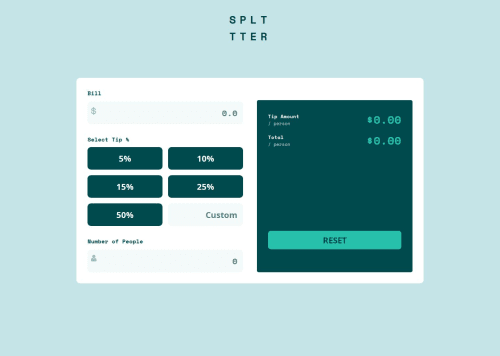Tip calculator

Solution retrospective
I am most proud of how the tip calculator app provides a clean and user-friendly interface, making it easy for users to calculate tips quickly. The responsiveness of the design ensures that it looks good on various devices, from mobile phones to large desktop screens. Additionally, the implementation of custom tip functionality and the ability to handle errors like zero or invalid input for the number of people is something I am particularly satisfied with.
Next time, I would focus on improving the user experience by adding more interactive feedback. For instance, highlighting the selected tip percentage button and animating the calculation results could make the app more engaging. I would also consider refactoring the JavaScript code to be more modular and adding unit tests to ensure reliability.
What challenges did you encounter, and how did you overcome them?One of the main challenges I encountered was ensuring that the error handling for the number of people input was intuitive and visually clear. Initially, the error message visibility and border color change were not triggering correctly. I overcame this by meticulously debugging the event listeners and ensuring that the validation function was called at the right times during input changes and button clicks.
What specific areas of your project would you like help with?I would like help with optimizing the JavaScript code, particularly in making it more modular and readable. Ensuring that the functions are well-organized and possibly separating the logic into different files or components could enhance maintainability.
Please log in to post a comment
Log in with GitHubCommunity feedback
No feedback yet. Be the first to give feedback on arunbabunt's solution.
Join our Discord community
Join thousands of Frontend Mentor community members taking the challenges, sharing resources, helping each other, and chatting about all things front-end!
Join our Discord